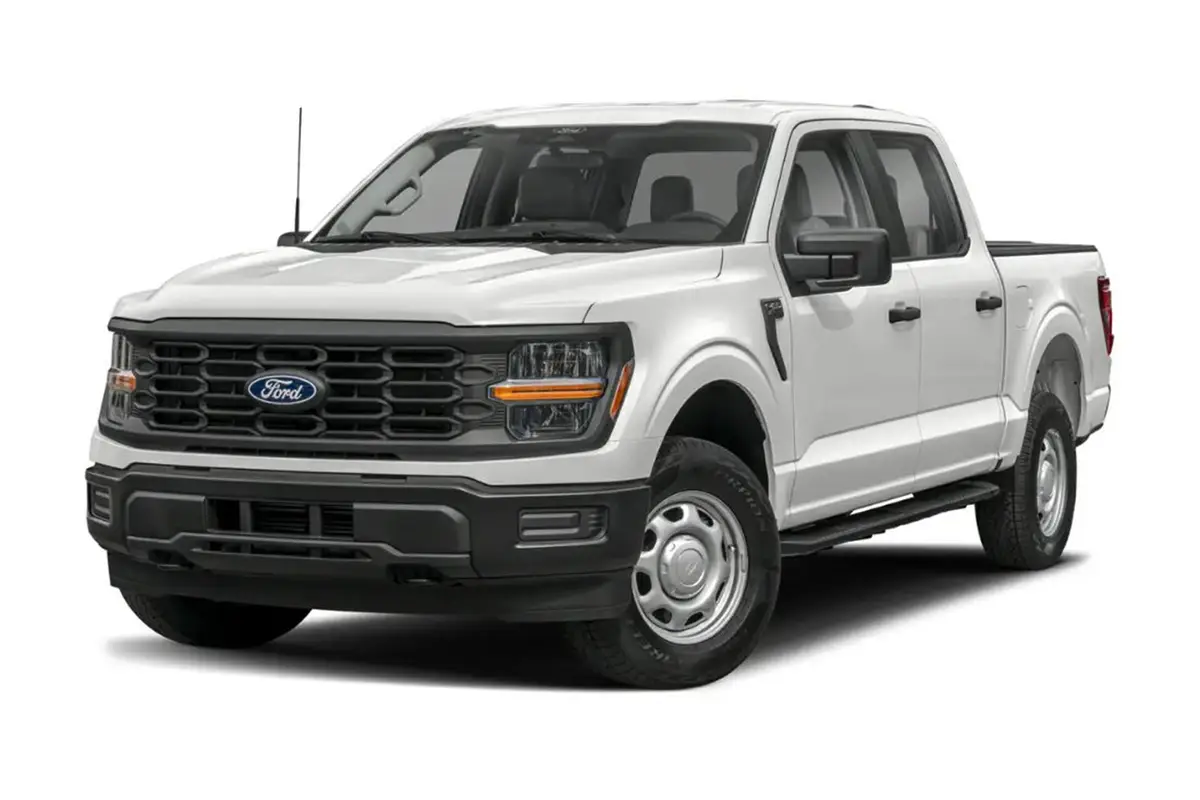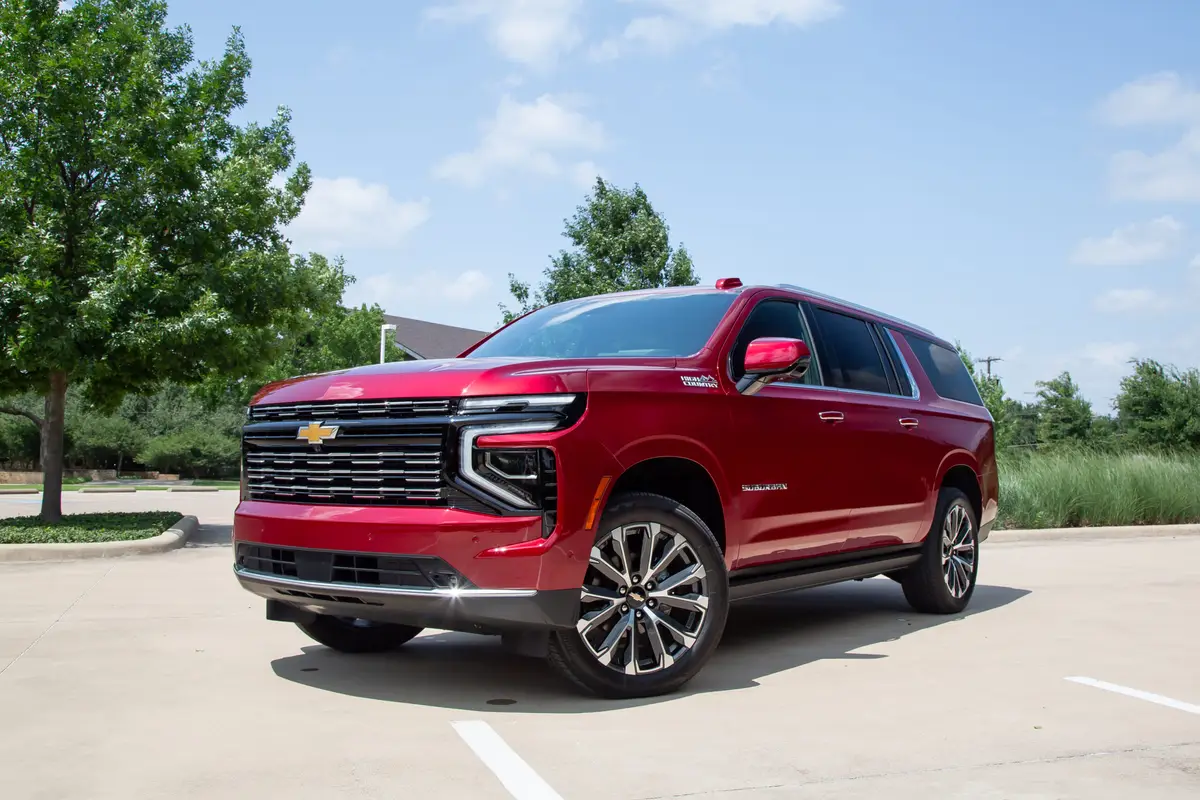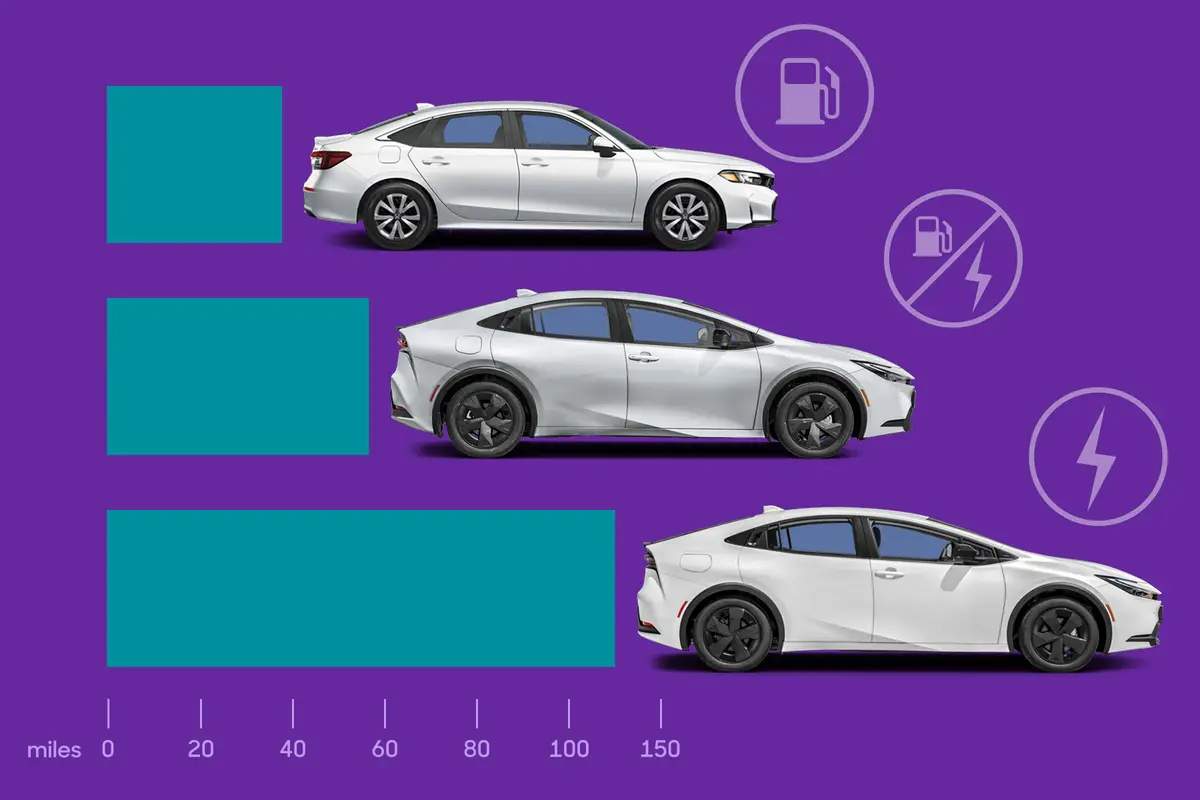Cincinnati.com's view
The window sticker catches the eye, not in the usual way. It’s the mileage figures that leap out, not the price. There it is in large ultrabold Gothic type: City mpg: 61; Highway mpg 70. Hello? This is the highest-mileage car you can buy, and you can buy it, right about now. It’s the new Honda Insight, conservatively labeled a 2000 model.
What’s most interesting about it is that it is a hybrid car, deriving its power from both a gasoline engine and an electric motor-cum-battery pack. Some readers may remember the preview I did last summer of the similar car Toyota plans to introduce in the U.S. later this year. Called the Prius, it was distinctly ovoid but not otherwise too radical looking, and philosophically it was more of an electric car with a built-in gasoline-fed battery charger on board. None of that nonsense of finding a charging station or having an elaborate 220-volt setup in your home, which General Motors found to its sorrow with the EV-1 just won’t fly.
The Prius, even though the driver’s position was on the “wrong” side, was fun to drive and, I judged, quite ready for prime time in terms of handling and comfort. It was not designed to appear cutting-edge to the driver, but rather, seemed ordinary and familiar, except for its at first unnerving propensity to turn off its gas engine at stop lights and sometimes not turn it on when starting out in the morning (both programs meant to conserve gasoline).
The Insight, on the other hand, is more a small-gasoline-engine-powered car which, from time to time, gets a boost from its integrated electric motor. Both approaches achieve extremely high fuel economy and almost breathably low emissions. In looks and feel, the Insight is much more radical appearing. Its shape is reminiscent of the late, much-lamented CRx two-seater, even unto the glass panel in the rear deck, meant to give a little bit of rearward vision, which is largely denied by the sharply-inclined rear window. The deep fender skirts, evocative of a styling fancy of the ’50s and ’60s, draw a great deal of attention, as well as making the car more aerodynamic. The undercarriage is largely enclosed to increase slipperiness, too, the net result being an extraordinarily air-piercing 0.25 coefficient of drag.
The engine is a three-cylinder, 12-valve, 1.0-liter mite, purpose-built for this application from lightweight (aluminum, magnesium and plastic) materials. It is rated at 67 hp (at 5,700 rpm) and 66 foot-pounds of torque. It uses Honda’s VTEC (variable valve timing and lift) mechanism, here focused on low emissions.
The electric motor is shaped like a torus – OK, a donut – and occupies a position analogous to where flywheels are usually mounted, i.e., along the output shaft of the engine. It’s only 2.3 inches thick and is fueled by a small 144-volt nickel-metal hydride (NiMH) battery pack, like those used in consumer appliances where there’s a need for high drain capability and none o f the “memory effect” that has plagued nickel-cadmium rechargeables. Not to worry, this exotic part is covered by an eight-year, 80,000-mile warranty, a Honda spokesman told me. Honda has trademarked the system as Integrated Motor Assist. When called upon, the electric motor can kick in an additional six hp and, more to the point, 25 foot-pounds of torque at most any speed. A dedicated microcomputer does the negotiating. So at most one has available 73 hp and 91 foot-pounds, roughly equivalent to the yield from a conventional 1.5-liter four-cylinder engine. It’s not quite so lame as it sounds, given the car’s bantam 1,887-pound curb weight, achieved by extensive use of plastic and aluminum for body and structural panels.
The operative word here is abstinence, not acceleration. Still, given the characteristics of an electric motor and the tuning of the gas engine, responsiveness at most speeds is quite acceptable, especially if you’re willing to sacrifice a bit of fuel economy ignore the upshift indicator, which would have you lumbering along at 1,500-2,000 rpm most of the time. If you do heed that adviser, in a quest to save the planet, the electric motor kicks in to allow you to maintain some headway, but it’s pretty slow going.
Nothing says you can’t operate the car in a more normal fashion, running the gas engine up to its power peak in each gear (only a five-speed manual is available). That’s pretty much how I drove the car, and managed an overall total of 52.2 mpg in half suburban, half swift freeway driving. This took place, too, in bitterly cold conditions, when less-energetic winter blend gasoline is pumped and when warmup, and use of accessories such as the front and rear window defrosters, also take their toll. However, in summer, the air conditioner would exact a penalty, too, but I should think 60 mpg would not be too hard to attain.
When the Insight was cruising at 70 mph, the slightest touch of the accelerator called on the battery/motor for an assist, as indicated by the comprehensive digital instrumentation. There’s an indicator to show whether the electrical system is static, being drained, or charging, and how much energy remains in the battery pack. (By the way, a small, conventional lead-acid cell is used for starting the gas engine and the usual lighting, etc., chores.)
There’s a ribbon-type electronic indicator that shows instantaneous gas mileage (it runs to 150 mpg), and a number of controls for showing lifetime and trip consumption. In keeping with the high-tech nature of the car, there’s a large digital speedometer, along with the usual fuel level and coolant temperature gauges. The battery pack charges from the engine at times, but derives most of its energy free from a process called regenerative braking. As soon as the driver lets off the gas, the electric motor reverses its cycle and becomes a generator – coasting down a long grade, you will see indications of mileage approaching the 150 mpg max. In gentle city driving in the middle gears, a reading of 50-plus is common.
(The crazies at Motor Trend found the Insight could hit 102 mph, at which point it rapidly drained the helper battery, and an icon of a turtle flashed on, telling them to cool it.) The Insight is small, but still big enough for two fairly large adults. Neither legroom nor headroom was a problem for me or any of my hapless passengers, although there wasn’t a great deal of lateral wiggle room. There’s a small cargo area in back, with a well for stowing gear away from prying eyes. The interior isn’t shoddy, but looks rather plastic-y econocar.
Handling was decent, up to the limit imposed by the special low-rolling-resistance tires, 165/65s on 14-inch alloy rims. They were quite dicey on ice and snow. Ride quality was only fair. It was adequate on good roads, but felt as if there was way too little suspension travel on anything but plane surfaces. Much harshness came through from the unyielding tires. Toyota’s Prius was much more comfortable.
Base price on the Insight is $20,080. For that you get a well-equipped car, with automatic climate control, antilock brakes with ABS, dual air bags, power steering and a chintzy AM-FM-cassette two-speaker stereo. With floor mats and freight, total price was $20,677.
Does the Insight make economic sense, vis-à-vis something like the Civic Si I tested recently, and which was about two grand less? At current gasoline prices, the typical 15K-per-year driver would save perhaps $500 a year in the Insight, vs. a comparable subcompact, a four-year payback period. The Civic Si is infinitely more fun to drive. The appeal of the Insight, as Honda readily concedes, is to impassioned environmentalists, early acquirers and those who delight in being different. If that’s you, go for it – or wait for the Prius, which I believe will be more satisfying.
“The Gannett News Service”
Latest news


2025 Chevrolet Suburban Review: Excellence in Excess

